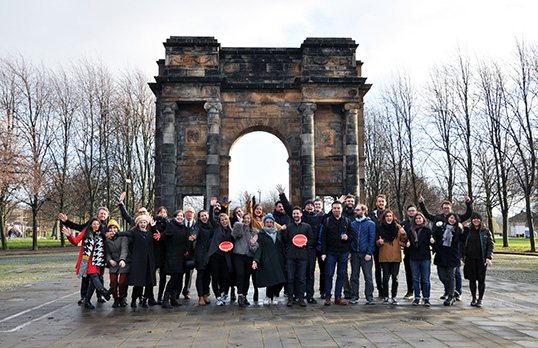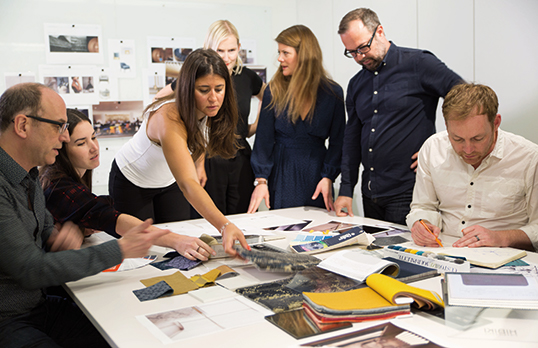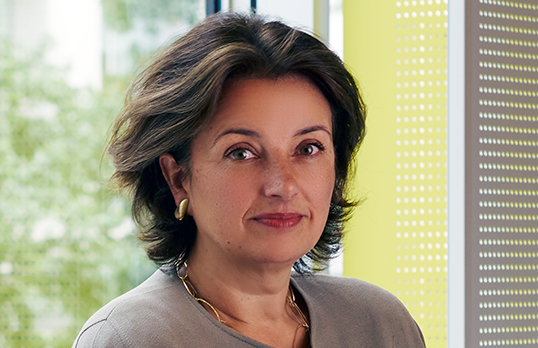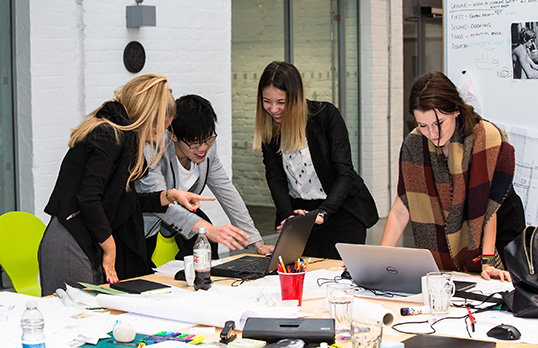What is the gender and ethnicity pay gap?
The gender and ethnicity pay gap is the difference in the amount that individuals of different genders and ethnic groups in an organisation, on average, are paid for each hour worked. This ‘gap’ most often results in women/those from Black, Asian, and minority ethnic backgrounds* making less than men/white colleagues and for similar work.
Why does addressing the gender and ethnicity pay gap matter?
Many of the measures adopted to improve gender and racial equality are also likely to improve diversity more broadly.
The diversity of a workforce has been found to provide a competitive edge and companies in the top quartile for gender or racial and ethnic diversity are more likely to have financial returns above their national industry medians.
Addressing the gender and ethnicity pay gap is not only a matter of fairness and equality – it also makes good business sense. There is clear evidence that diverse teams perform better, and that having different perspectives makes teams more creative and innovative.
*Note on language: we note that categories of racial and ethnic identity present difficulties of use and interpretation. Where an overarching category is needed, the preference will be for ‘Black, Asian, and minority ethnic backgrounds’ (avoiding the use of the acronym where possible). This terminology was chosen to highlight in a useful way the specificity of Black, Asian, and minority ethnic experiences in the UK and it most easily related to existing statistical data collected on demographics.















